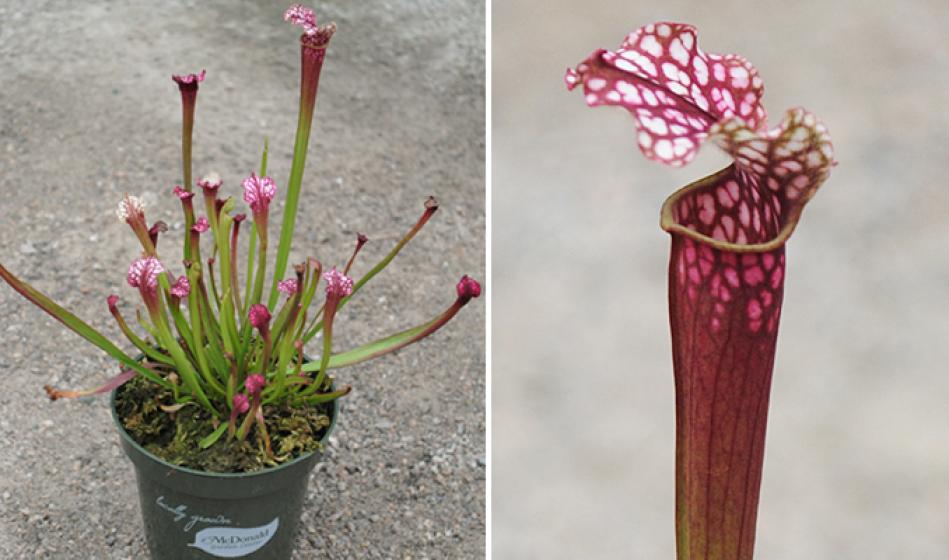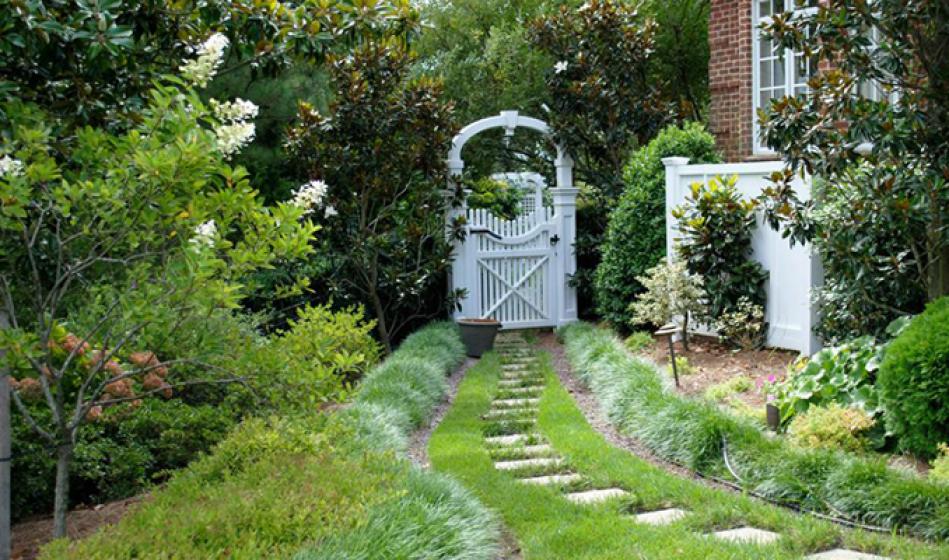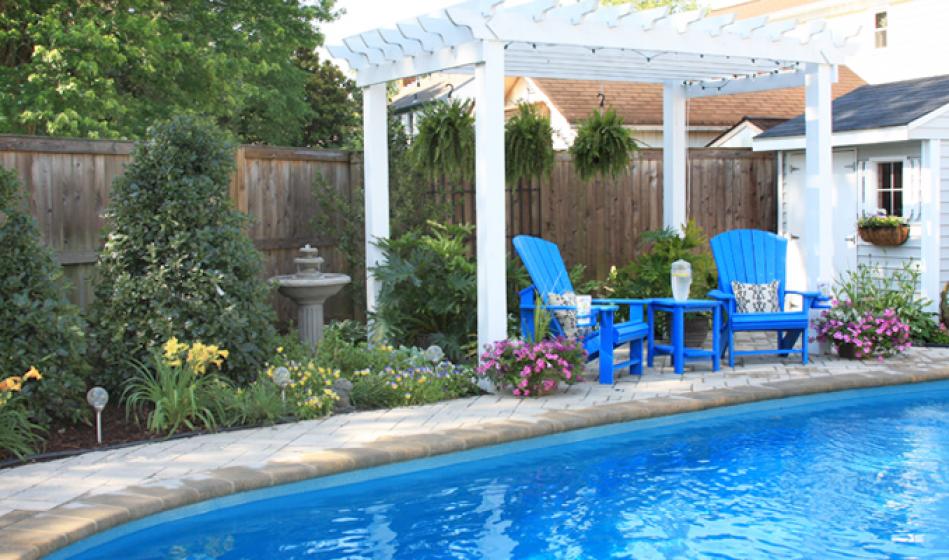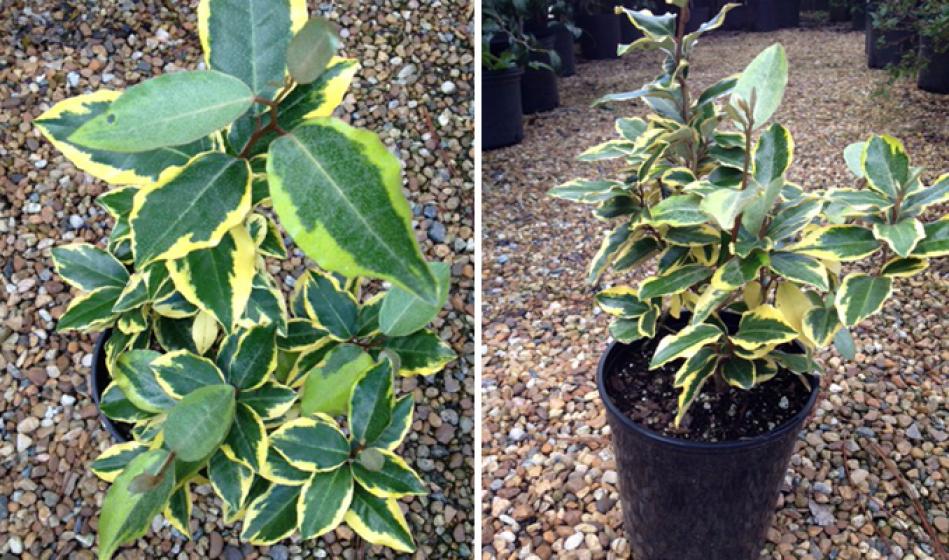Search By Topic 12 Days of Deals Abra Lee African Violets Air Plants Annie Van Reid Annuals Aroid care Aroids Asa Sims Back-to-School Backyard Berries Backyard Bird-watching Bee Bees Beneficial Bugs Berries Birding Birds Birds, Bats, and Beneficial Bugs Black History Month Blooming Blooming Gifts Blooming Shrubs Blueberry Basics Bottle Terrarium Breakfast Bromeliads Bulbs Bunnies Butter Board Butterfly Buzz-worthy Blooms Cacti Cactus Calathea Calatheas Camellias Carnivorous Plants Checklist Chef Jeff Chef Manu Chinese Money Plant Christmas Christmas greens Christmas in the Greenhouse Christmas lights Christmas Must-haves Christmas Shoppe Christmas Themes Christmas Tree Coastal Garden Cocktail Container Cole Crops Colorful Annuals Colorful Blooms Coneflowers Container Days Container Gardening Cooking cool season lawn Crazy For Crotons Crepe Myrtle Days Crepe Myrtle Suckers Crepe Myrtles Curb Appeal Cusine De Jardin Customer Daylilies Daylily Decorating with Pumpkins Deer Resistant Plants Dendrobium Orchids Diy Diy Pumpkin Planters Drought-tolerant Landscaping Earth Day Easter Easy Houseplants Eddie Anderson Eddie Anderson Appreciation Week Edible Gardening Everlasting Evergreens Fall Fall Annuals Fall Decor Fall Decorating Fall Events Fall Flowers Fall For Orchids Fall Garden Must-have Fall Gardening Fall Into Gardening Fall is for Planting Fall Landscape Fall Lawn Care Fall Planting Fall plants Fall Porch Fall Porch Package Fall Shrubs Fall Trees Fall Veggie Garden Fall Veggie Gardening Fall Veggies Family Owned Farm-to-table Father's Day Gift Ideas Feeding Ferns Fertilizer Fescue Grass Floor Plants Flower Bomb Mom Flowering Shrubs Flowering Trees Flowers French Recipe fresh cut Fresh Cut Christmas Tree Fresh cut greens Fresh-cut Christmas Fruit Trees Garden Cocktails Garden Markets Garden Pharmacy Garden Recipe Garden Solutions Garden Trends 2016 Gardening Gardening With Kids Garlic Geraniums Get Holiday-ready Gift Ideas Gifts for Mom grass grass plugs Green Team Grow Your Own Halloween Halloween 2021 Halloween Porch Hampton Roads Favorite Tree Hanging Baskets Hardscape Hardscapes Heat Tolerant Heirloom Ornaments Hellebores Herb Gardening Herbs Hibiscus Holiday Holiday Bulbs & Blooms Holiday Gifts Holiday Houseplants Holiday Ideas Holiday Plants Home-grown Herbs Homegrown Berries Houseplant Houseplant Care Houseplant Highlight Houseplant Pests Houseplants How-To Tips Hummingbird Hydrangea Indoor Gardening Indoor Succulents January Kitchen Gardening Landscape Landscape Design Landscape Lighting Landscapes Landscaping Lawn Care Lawns Lifelike Trees Lifelike Wreaths Lights Living Fences Living Gifts Living Valentines Local Lawn Care Tips Locally Grown Low Maintenance Low-Maintenance Make A Scarecrow Markets McDonald Garden Center McDonald Landscapes Memorial Day Million Bells Mini Gardens = Big Impact Moles & Voles Monarch Butterflies Mosquito Bite Mosquito Control Mosquito Eggs Mosquitos Mother's Day Mothers Day Gift Ideas Mr. Anderson Mulch Mulch Madness Mulching Mum Mania Mums Nandinas National Pollinator Week Nativar Native Native Plants Nature-friendly Garden New Year New Year, New Plants No Green Thumb Required Norfolk Botanical Gardens October = Pansies Onions Orchids Oxalis Panicle Hydrangea Pansies Pansy Perennial Hibiscus Perennials Persimmon Trees Persimmons Pests Petal Power Petunia Petunias Philodendrons Pilea Peperomiodes Plant Food Plant Now For Spring Flowers Plant Olympics Planting Planting Shrubs Planting Trees Plantlympics Plantopia Plants Plants We Love Poinsettias Pollinator Pollinator Garden Pollinator of the Week Pollinator Palooza Pollinator Week Porch Package Porch Pot Porrch Package Pothos Propagation Proven Winners Pruning Pumpkin Pumpkins Quince Shrub Recipe For Success Recycle Repel Mosquitos Naturally Repotting Rose Gardening Rosemary Roses Salmon Papillote Scarecrows For Chkd Schefflera Seed Starting Sensational Summer Perennials Shady Plants Shamrocks Shrubs Silent Plant Auction Solutions For Shade Sowing Seeds Spring Spring Checklist Spring Flowers Spring Gardening Spring Plants Spring Veggies Staff Fall Favorites Stocking Stuffers Strawberry Strawberry Gardening Succulent Summer Blooms Summer Butterflies Summer Checklist Summer Favorites Summer Garden Must-have Summer Gardening Summer Houseplants Summer Landscaping Summer Lawn Care Tips Summer Perennials Summer Plants Summer Trees Summer Watering Sun Sun & Shade Containers Sunny Citrus Sunsational Plants Sustainability Tablescape Taylor Swift Terrarium Terrariums The Mosquito Plant The Solution to Moles & Voles Tillandsia Tomato Gardening Tomatoes Trees Trees & Shrubs Trees For Troops Tropical Tropical Hibiscus Tropical Plants Valentine's Day Veggie Gardening Venus Fly Traps Vertical Vines Veterans Water-wise Gardening Waterfront Gardening Watering Watering 101 Winter Winter Birding Winter Ferns Winter Garden Tips Winter Gardening Winter Houseplants Winter Perennials Winter Pruning Winterizing Houseplants Wreath Wreathmaking Yuletide Cameliias Zika
Search By Year 2025 2024 2023 2022 2021 2020 2019 2018 2017 2016 2015 2014 2013 2012





